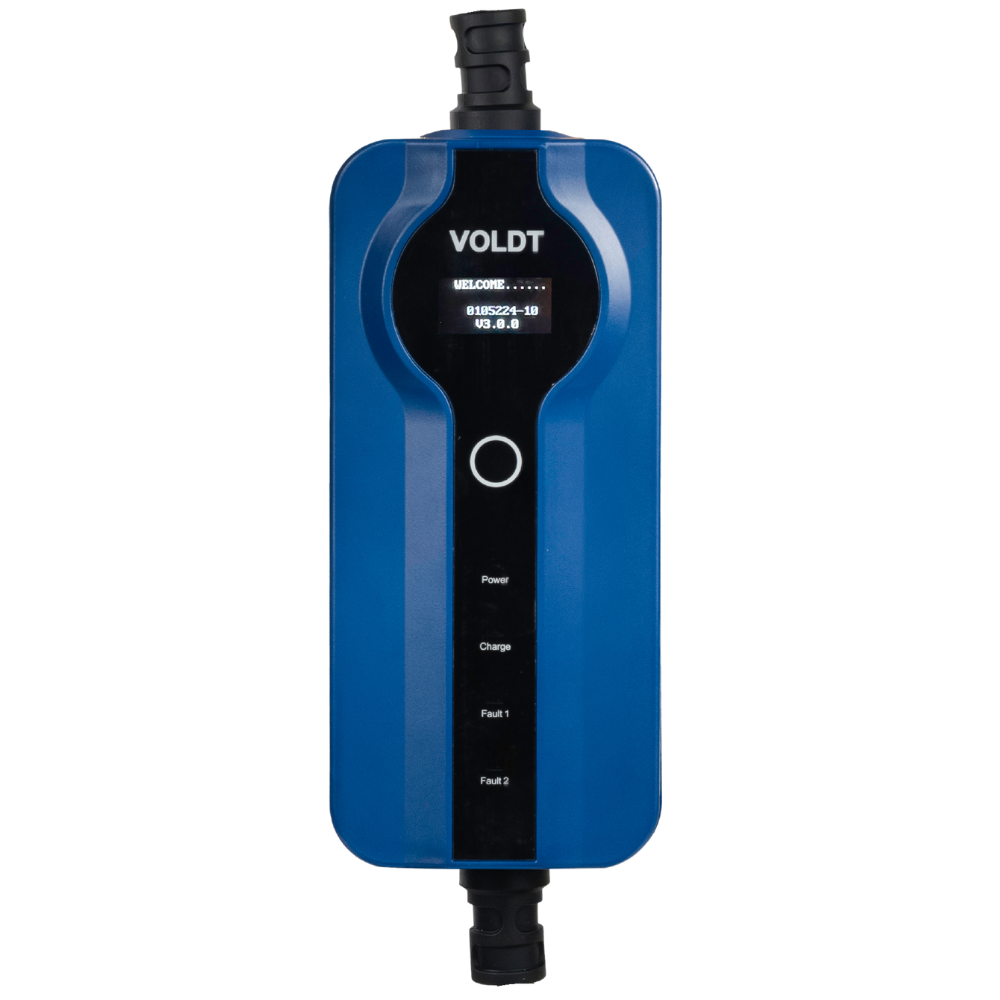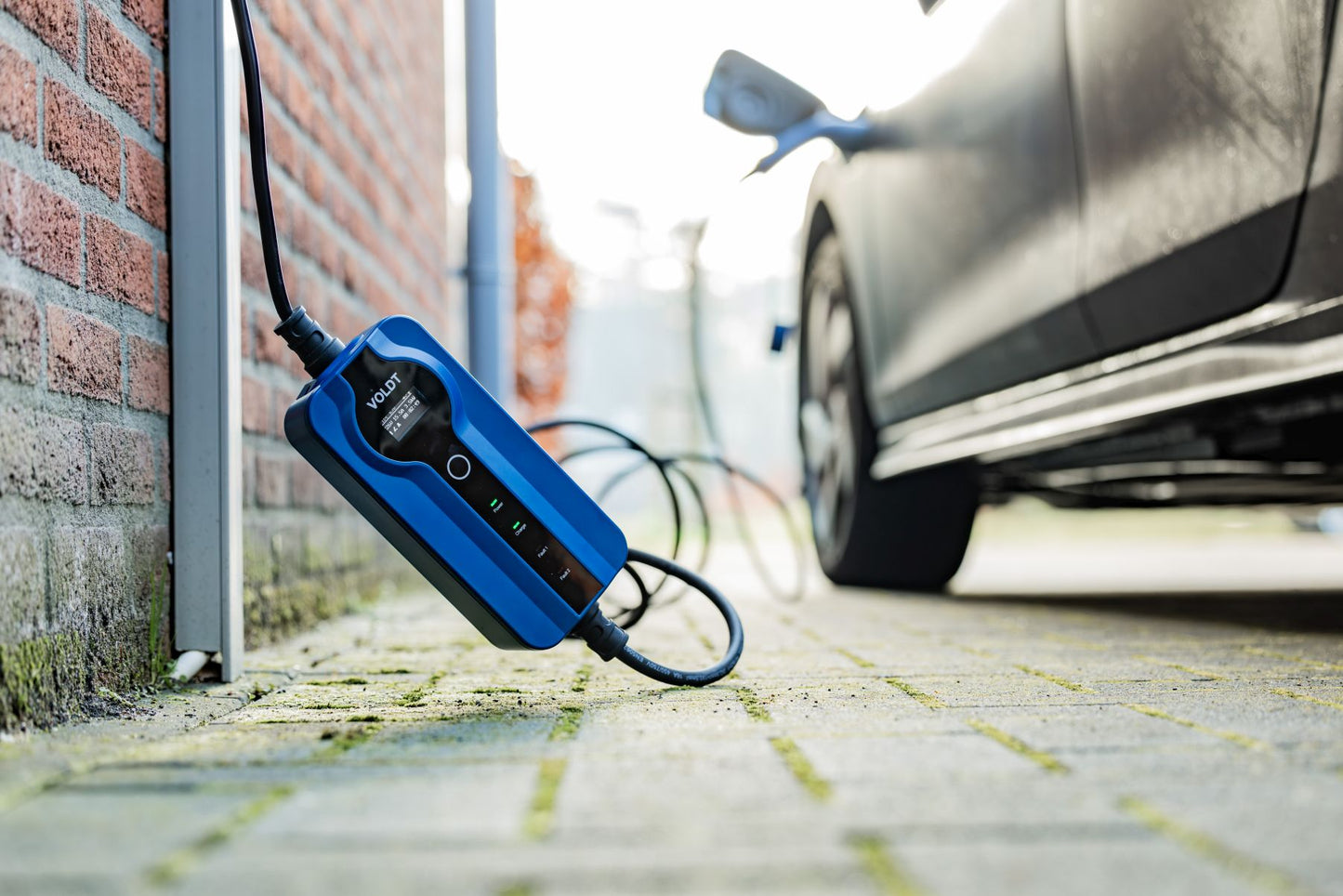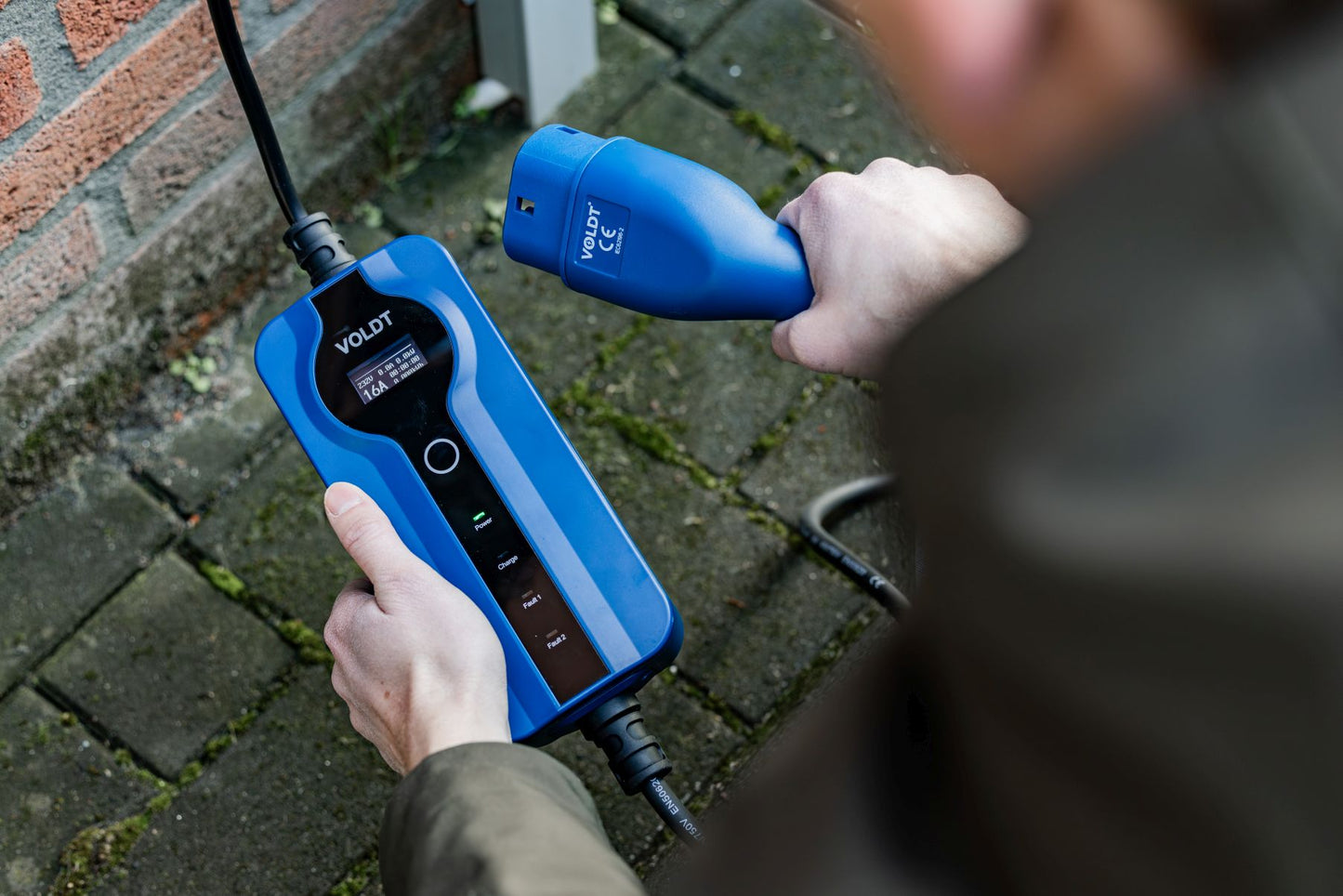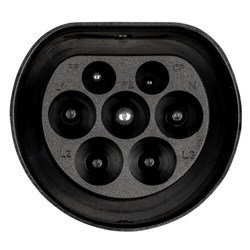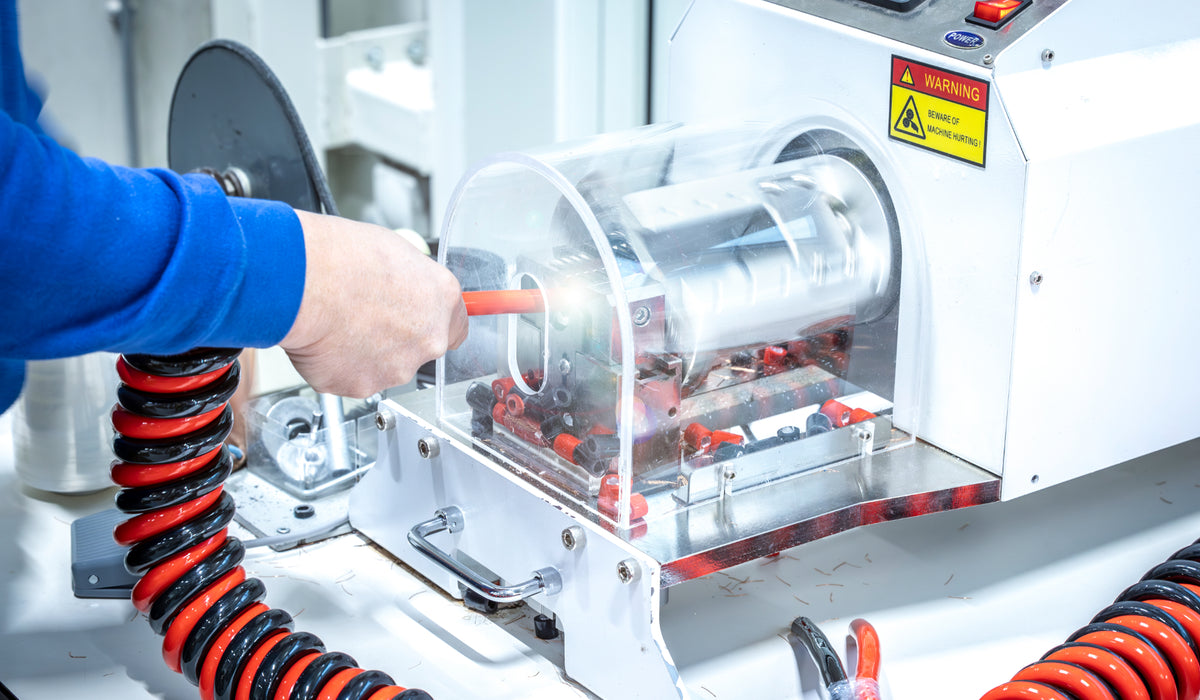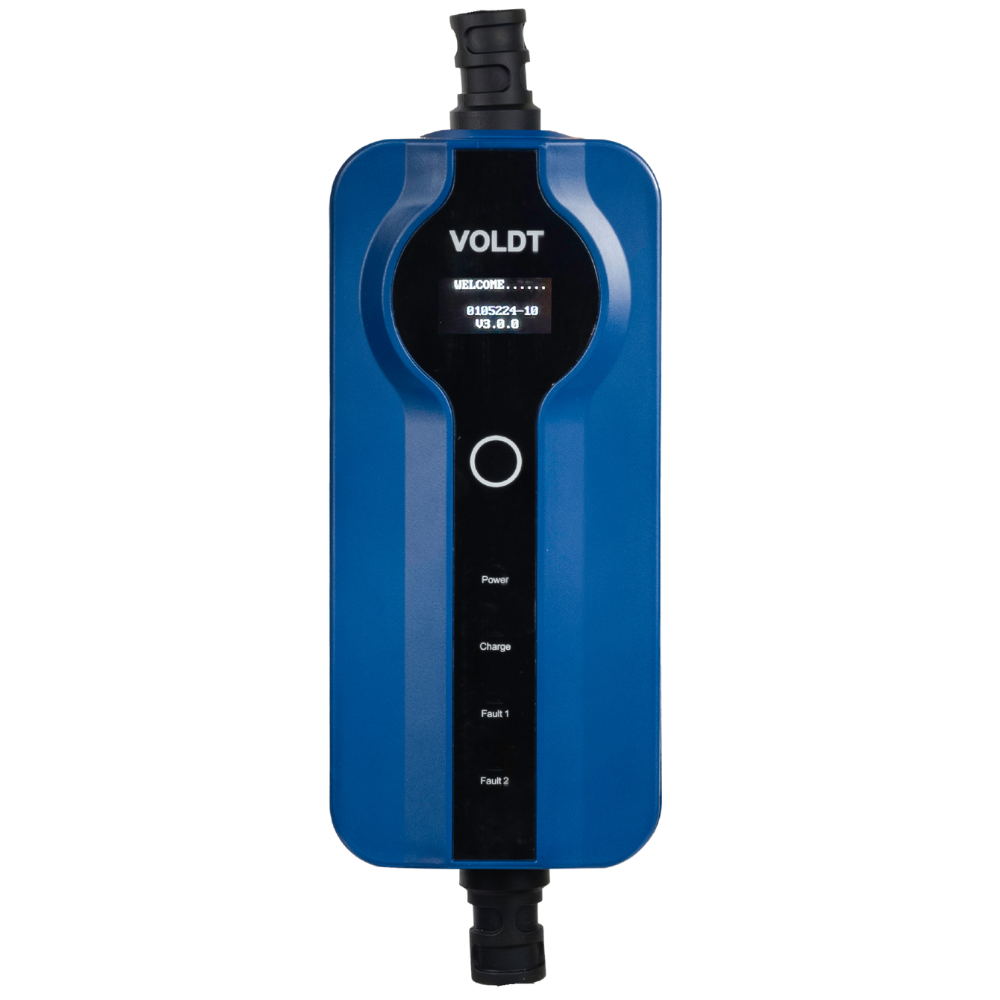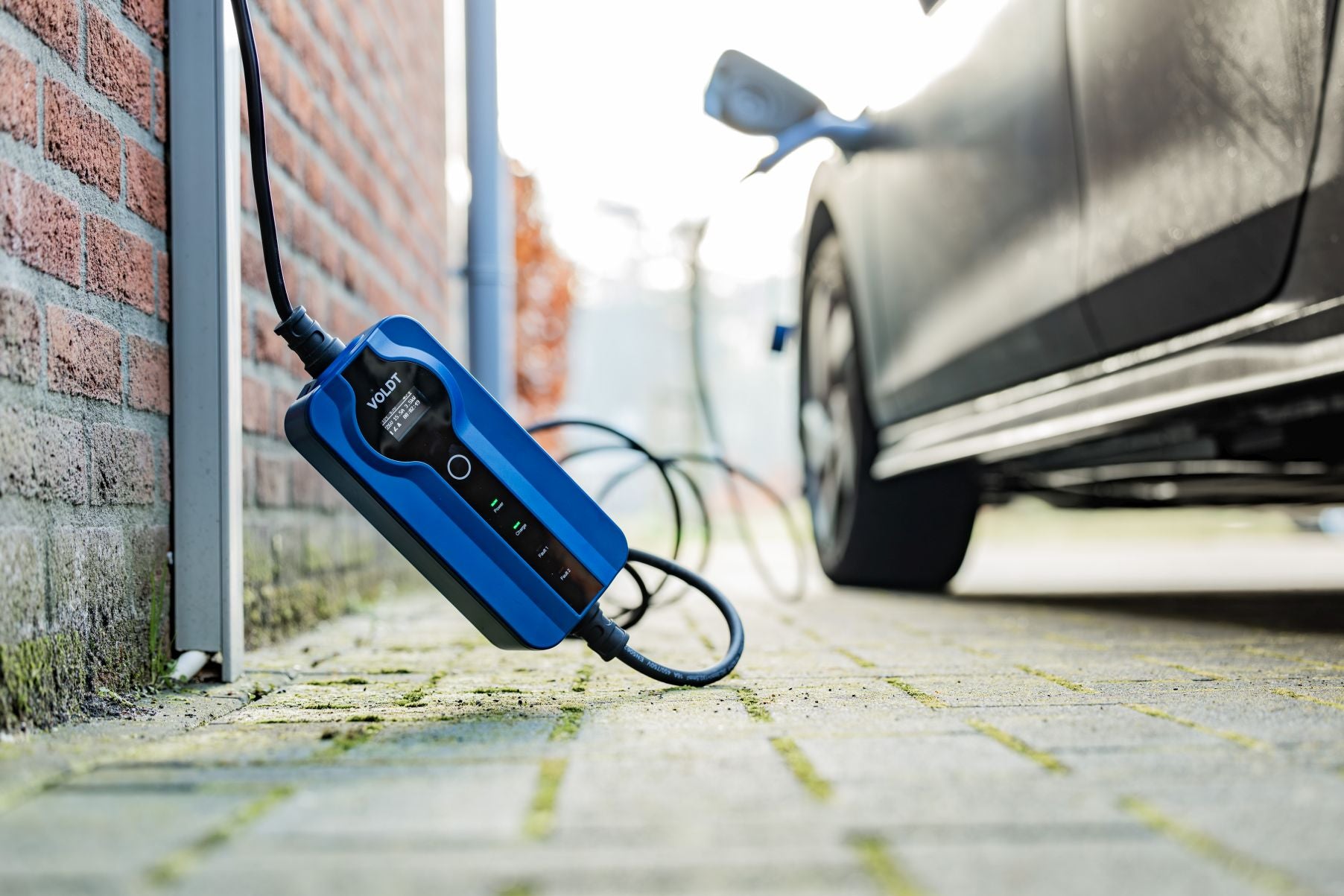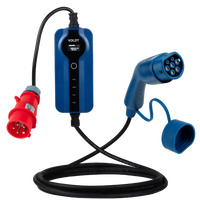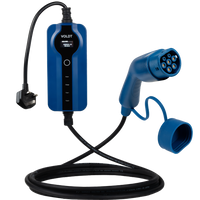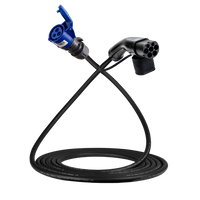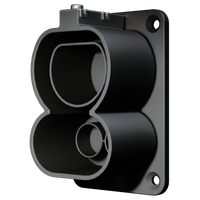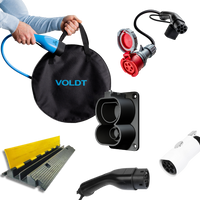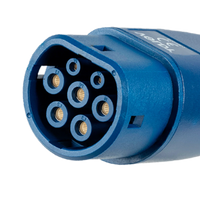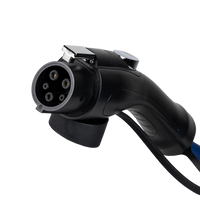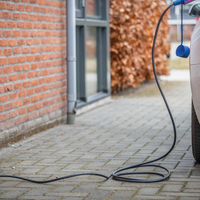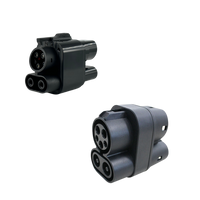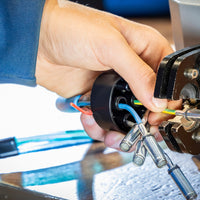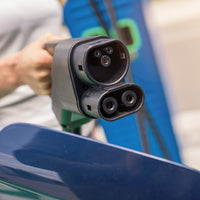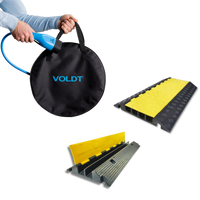A CEE (commando) power outlet is fundamentally different from a regular household socket, particularly when it comes to extending charging cables for electric vehicles (EVs). While a standard socket in most European homes supplies 230V at 10–16 amps, CEE outlets are designed to handle much higher power loads—typically 400V at 16A, 32A, or even 63A. This allows them to safely deliver the higher currents required for efficient EV charging, without the overheating risks commonly associated with standard sockets when used under continuous high loads.
CEE outlets are industrial-grade connectors, easily recognized by their round, rugged design and multiple pins—for example, separate pins for three-phase power, neutral, and earth. This configuration ensures a much more stable and secure connection, which is crucial for EV charging. Normal household sockets are not built to sustain prolonged high current draw, and using them with extension cables for EV charging can result in significant voltage drop, cable overheating, or even fire hazards. That’s why CEE connections are often recommended for heavy-duty charging scenarios, especially in outdoor or semi-permanent setups.
When extending an EV charging cable using a CEE power outlet, it's vital to use a high-quality extension lead rated for the appropriate amperage. The cable should have the correct wire gauge—typically 2.5 mm² for 16A and 6 mm² for 32A—and be heat-resistant, weatherproof, and compliant with relevant safety standards. Brands like Voldt® offer mobile EV chargers and extension cables specifically designed for use with CEE 16A or 32A outlets, supporting charging speeds up to 22 kW. This setup greatly enhances safety, efficiency, and reliability compared to using standard household sockets.


